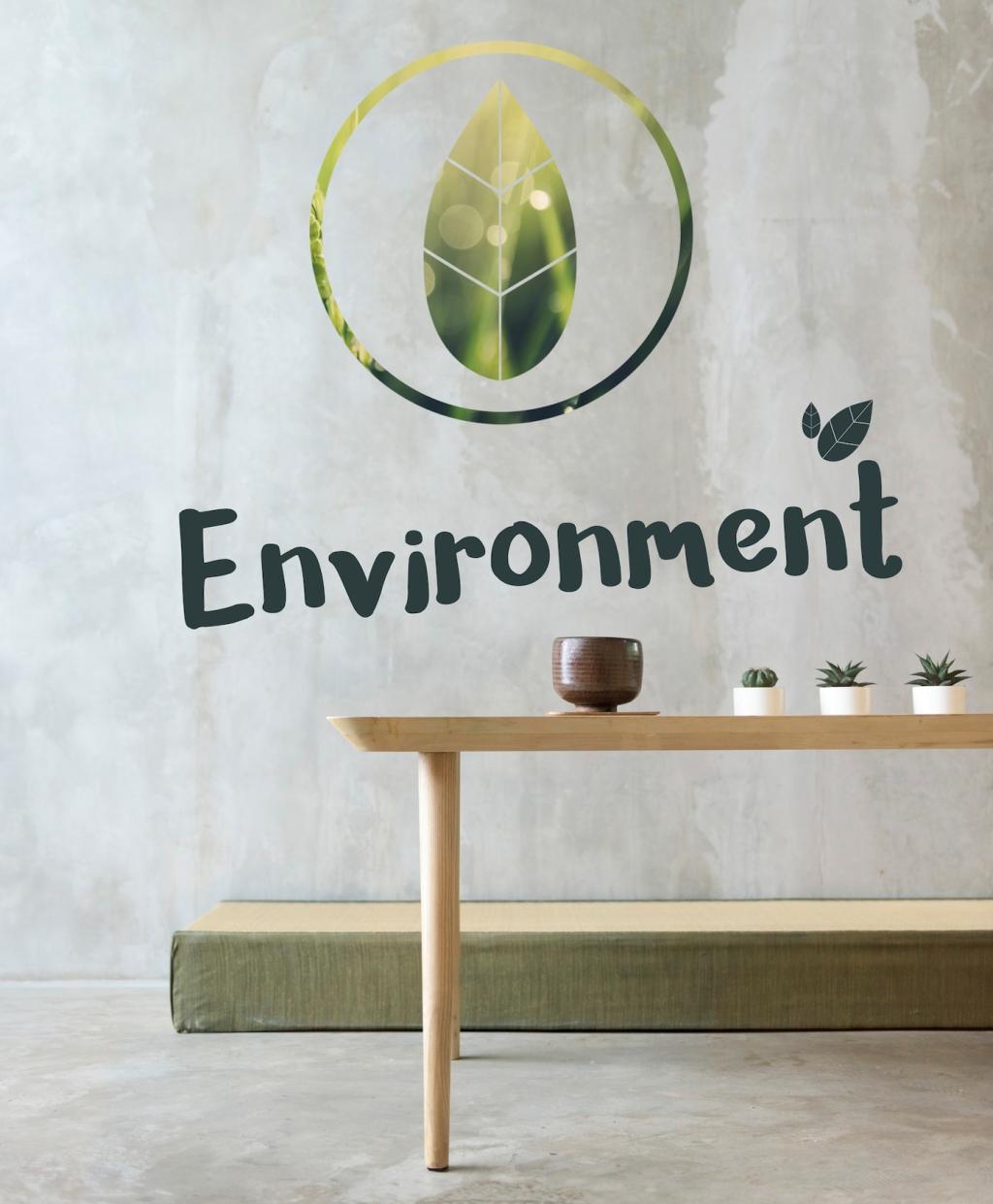Textiles, Paints, and Surfaces: What to Look For
STANDARD 100 screens textiles for harmful substances, while MADE IN GREEN adds supply chain transparency and audited factories. For curtains, throws, and bedding, these labels reduce exposure to problematic dyes and finishes, helping sensitive skin and creating a safer, cozier interior everyone can relax in.
Textiles, Paints, and Surfaces: What to Look For
Certified low-VOC paints help speed up airing-out and cut odor intensity dramatically. Green Seal and EU Ecolabel evaluate both VOC limits and performance, so your walls resist scrubbing, scuffs, and fading while keeping emissions low. That means fresher rooms without sacrificing color depth or durability.
Textiles, Paints, and Surfaces: What to Look For
FloorScore verifies low emissions for hard surface flooring and some adhesives, supporting healthier indoor air after installation. Declare labels disclose material contents and identify Red List Free options when applicable. Together, they guide better choices for high-traffic zones where surfaces and sealants really matter.


